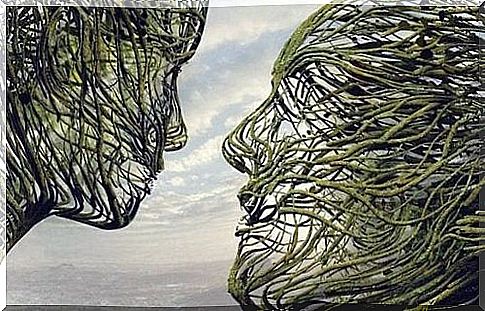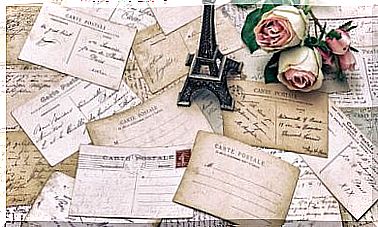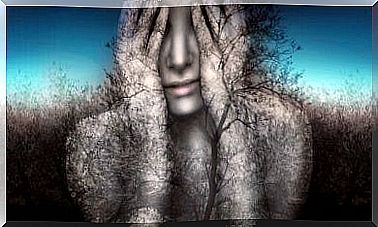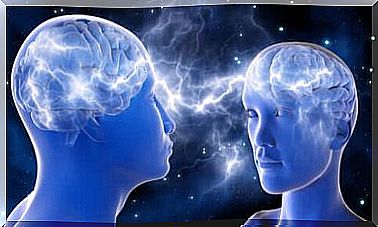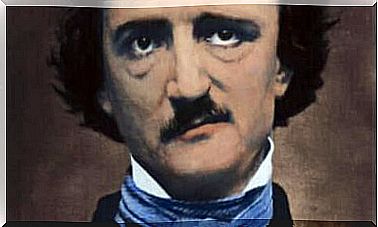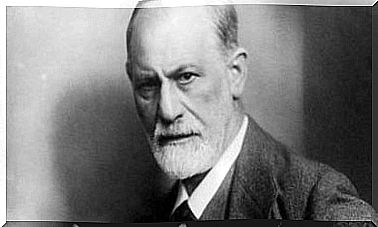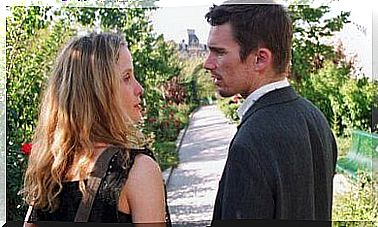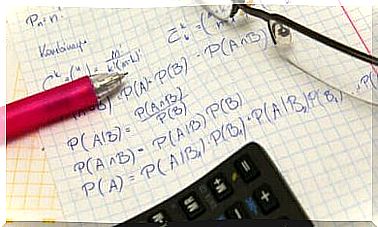Creative Brain: Free Spirit, Emotional And Connected
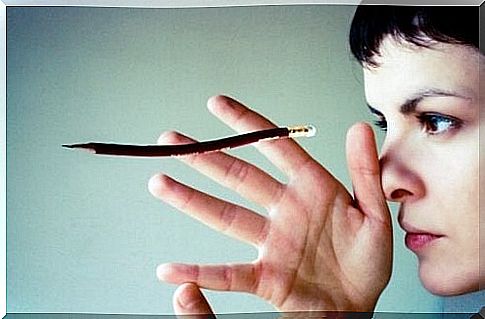
The creative brain is amazing. He is playful, emotional, free and tireless. He doesn’t believe in finite things, for him the world is full of possibilities and he chooses to be connected to everything in order to learn from almost any stimulus. Often he doesn’t even know how certain things happened to him, because ideas pop up in their mind like lightning.
Steve Jobs once said that creativity comes when you learn to connect things. It’s about connecting our reality to past experiences and daring to create new and stimulating things. It is first of all to create something that not everyone easily understands, but which later opens up other possibilities. Every business needs innovation. The creative brain is human capital that our society should appreciate as it deserves.
So, and curious as it is, to this day we still hold equivocal ideas about creativity and the creative brain. We believe, for example, that the ability to create innovative and original ideas is linked to intelligence. Even more, there are those who continue to maintain the model of the right hemisphere as the axis and origin of our creativity. This is not true. Myths continue to cloud many ideas that science has long proven or flawed.
Let us first understand that creativity is a capacity with which we all come into the world. Let’s also understand that to use it, we have to start to see the world and ourselves differently. We will talk about it below.
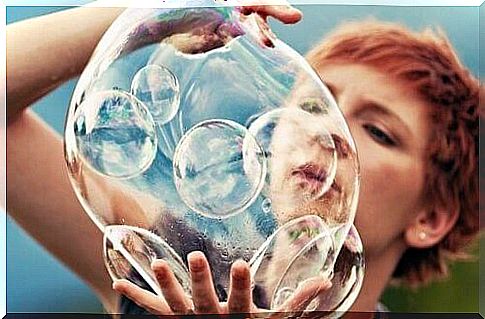
How does the creative brain work?
The creative brain works differently. A recent study published at the National Academy of Sciences reveals something neuropsychologists have already understood: Creative people exhibit much more connected neural structures than others. Thanks to magnetic resonance tests, it has been possible to see how functional and neural connectivity is much more complex, almost fascinating.
This is why, here again, it is a question of dissociating creativity to the right hemisphere exclusively. Because usually people with innovative and original ideas present an immense symphony of interaction in both hemispheres of the brain. Now, the discoveries on the creative brain are not to be outdone, they present even more interesting peculiarities.
Thinking flexible and with a tolerance for uncertainty
As we already know, the neural architecture of the creative person is more connected and denser. This is also explained by his always flexible mental approach, open to ambiguity and uncertainty. While more rigid minds are unable to accept conflicting data, the creative person sees it as a challenge to try to find explanations etc.
High intelligence does not explain creativity
Creative people do not have, on average, a particularly higher than average IQ. We all remember, for example, the study conducted by the famous psychologist Frank X Barron in 1956. He brought together in a former mansion of the University of Berkeley, renowned architects, scientists and writers like Truman Capote , William Carlos Williams and Frank O ‘Connor. He wanted to understand how the most creative minds in the country worked.
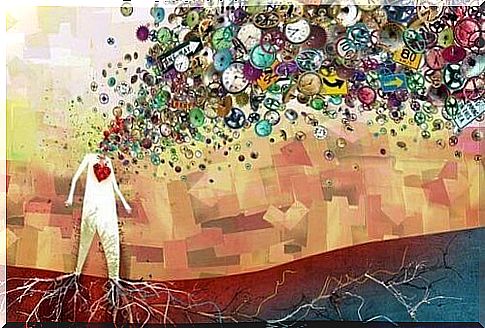
Here are the findings of this experiment:
- They presented an openness to the deeper inner life. They were pensive, they knew how to analyze their emotions, they made contact with their internal needs.
- Motivation, the thirst to learn, to discover things or to show the world new ideas, new concepts or new stories was something that everyone shared.
- There was also an emotional and moral component. Most had noble values.
- They accept the disorder, they are even inspired by it.
- They had a very particular point of madness, a childish look, sometimes playful. Indeed, they were anxious to go beyond the rational through wonder, to enjoy the most basic things …
- The different subjects liked to take risks.
The creative brain and introspection
Another characteristic of creative people is their introspection. They exhibit greater self-awareness and know how to combine their “darker” and also their brightest areas. This aspect, being able to be aware of one’s own limitations, faults or the most convulsive events, is often synonymous with better mental health.
Creativity is neurologically disordered
Neurologist Marcus Raichle did an interesting work in 2001 on creativity, in which he concludes with surprising revelations. The creative brain is extremely messy. We already know that creative innovation does not take place in the right hemisphere. In fact, this intelligence is incredibly dispersed.
So, Dr. Raichle spoke of the “imagination network”, which involves many regions of the brain: areas of the medial surface of the brain, as well as the frontal, parietal and temporal lobes.
On the other hand, another process that characterizes the creative brain is what is called “self-generated cognition”. That is to say the ability to dream, to ruminate or to let the spirits wander.
Mihaly Csikszentmihalyi, after more than 30 years of studying creatives, points out that these are complex personalities. It’s like several people living in his brain. Indeed, it is as if a whole team of professionals demanded things, suggested ideas and new interests.
These are the voices that motivate them. However, they are also those who sometimes suggest too many ideas, too many projects… Sometimes contradictory. In fact, it is one of the most common problems of the creative brain: learning to control all these flows of ideas, emotions and cognitions, etc …
